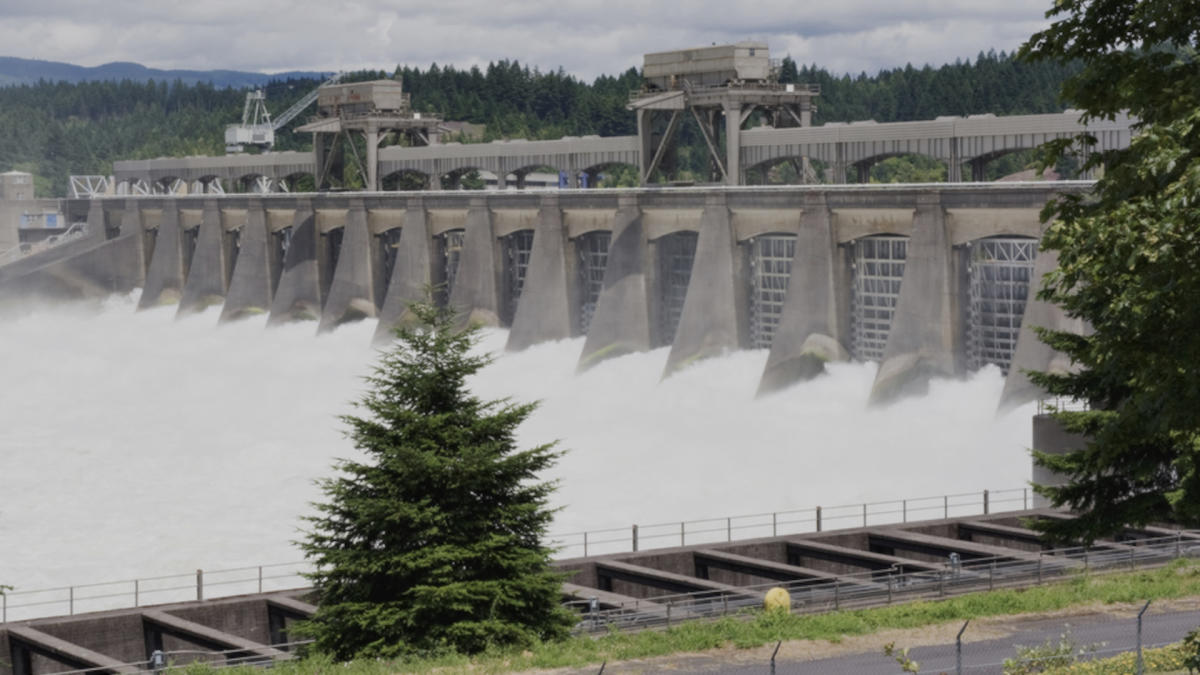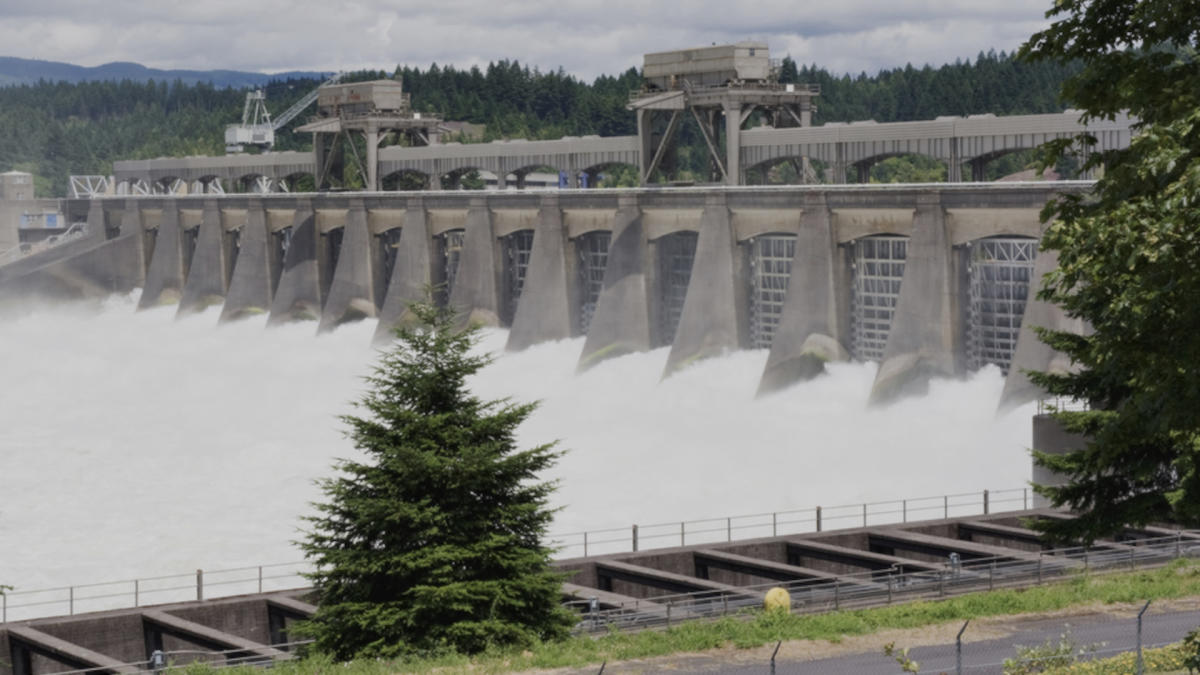
In a monumental report, the U.S. government conceded that its federal dam projects in the Pacific Northwest caused significant strife for the region’s Native American communities, taking accountability for the past and outlining a partnership to repair harm for the future.
The June 2024 release from the Department of the Interior is encouraging in its admission that hydroelectric dams hurt tribal communities in the Columbia River Basin, and it mentions the collaborative effort to “restore the region’s wild salmon populations,” detailed the Guardian.
The Columbia River Basin begins in the Canadian province of British Columbia and then expands into seven U.S. states: Idaho, Montana, Nevada, Oregon, Utah, Washington, and Wyoming. Native American tribes in the area rely on the river as a plentiful source of wild salmon. For these communities, wild salmon are integral to food supply, economic growth via the fishing industry, religious ceremonies, traditional values, and cultural identity.
But the massive hydroelectric dams constructed in the Columbia River Basin during the first half of the 20th century disrupted natural migration patterns, reported the Guardian. Whole towns and villages became inhabitable for many Native American people affected by the extinction and endangerment of wild salmon species but also displaced by floods and ecosystem changes.
The federal dams did fulfill goals of the time regarding power provision, irrigation improvement, and job growth — for non-Native populations. The lack of consideration of Native Americans in the decision caused “cultural, spiritual and economic detriments” for tribes that, the Guardian noted, persist into the present day.
Better a century late than never, though. The report was “an important cabinet-level acknowledgment of the many decades of undelivered promises,” read a statement from one such tribe, the Yakama Nation, as quoted by the Guardian.
Watch now: These futuristic gas stations could completely change what it’s like to own an EV
Hydroelectric dams produce power without needing to burn coal, oil, and gas (dirty fuels that release harmful pollution into the atmosphere). According to the Pacific Northwest National Laboratory, hydropower is our nation’s “dominant source of renewable energy.” But some dams bring drawbacks — from habitat disturbance to potential toxic pollution to effects on Native American communities — compared to other options like solar and wind power.
We can’t undo history, but we can act today by implementing eco-friendly policies, supporting sustainable and equitable climate initiatives, and taking small steps to reduce pollution and renew ecosystems for a safer, cleaner world everyone can enjoy.
Join our free newsletter for cool news and actionable info that makes it easy to help yourself while helping the planet.
EMEA Tribune is not involved in this news article, it is taken from our partners and or from the News Agencies. Copyright and Credit go to the News Agencies, email news@emeatribune.com Follow our WhatsApp verified Channel





